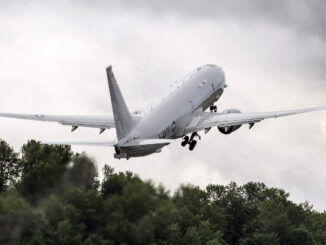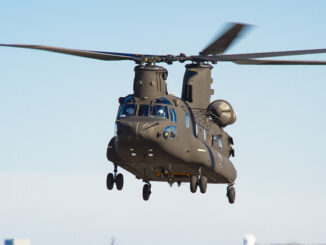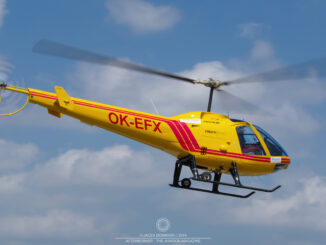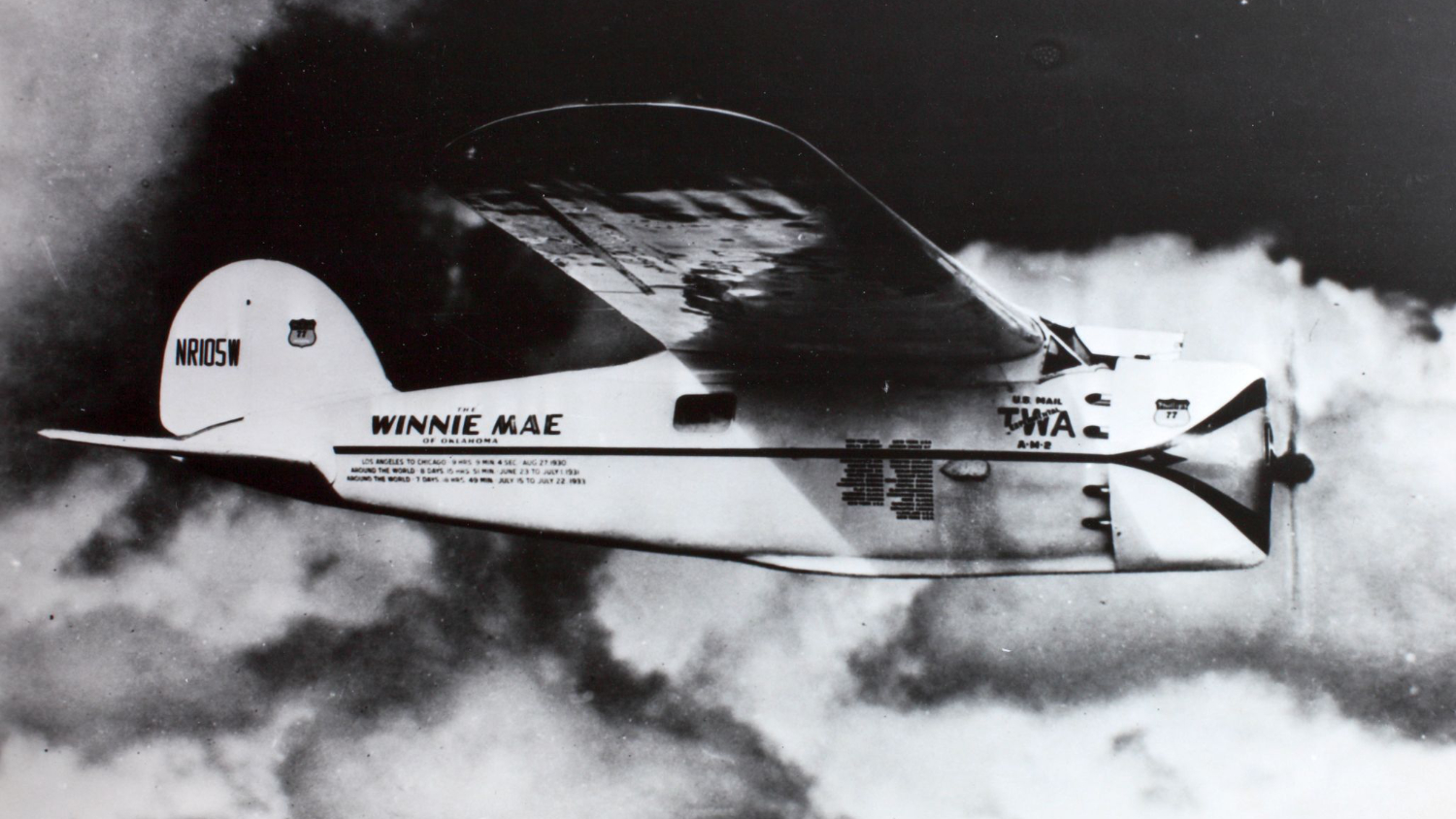 On 5th September 1934, the American aviator Wiley Post became the first person to fly in pressure suit, reaching an altitude of 12,000 metres (40,000 feet) over Chicago.
On 5th September 1934, the American aviator Wiley Post became the first person to fly in pressure suit, reaching an altitude of 12,000 metres (40,000 feet) over Chicago.
Wiley Hardeman Post, born on 22nd November 1898 in Corinth, Texas, was one of the most remarkable American aviators of the interwar period.
Post was born on a cotton farm in Texas; his mother was a person of mixed Cherokee heritage. His biographers emphasise Post never enjoyed farming and was not a gifted student. After seeing an aircraft in flight for the first time in 1913, the young farmer began to dream about becoming a pilot. However, his path to aviation was long and complicated.
Initially, he entered Sweeney Automobile and Aviation School in Kansas City but, after completing a seven-month course, returned to Oklahoma to work for a construction company. During the Great War, Post enlisted the US Army Air Service, but the war ended before he had completed his training.
After the war, Post worked as an oilfield roughneck. However, the work was as hard as unsteady, and the future aviation pioneer turned to armed robbery. He was caught, arrested and sent to prison for more than a year. After being released on parole, Post returned to his work in the oil industry.
Post´s aviation career began at his twenty-six, when he found additional job and became a stunt parachutist in a flying circus. Shortly after, he learnt to fly and started to participate in barnstorming events.
In October of 1926, while working on an oil rig, Post was struck in the left eye by a piece of metal. As a result, he lost sight in the eye and began wearing a patch on it, which soon became his trademark.
Damage compensation he received after the accident allowed Post to buy his first aircraft, a JN-4 Canuck. However, he damaged the aeroplane soon after, sold it, and became a personal pilot for wealthy Oklahoma oilmen, including F.C. Hall.
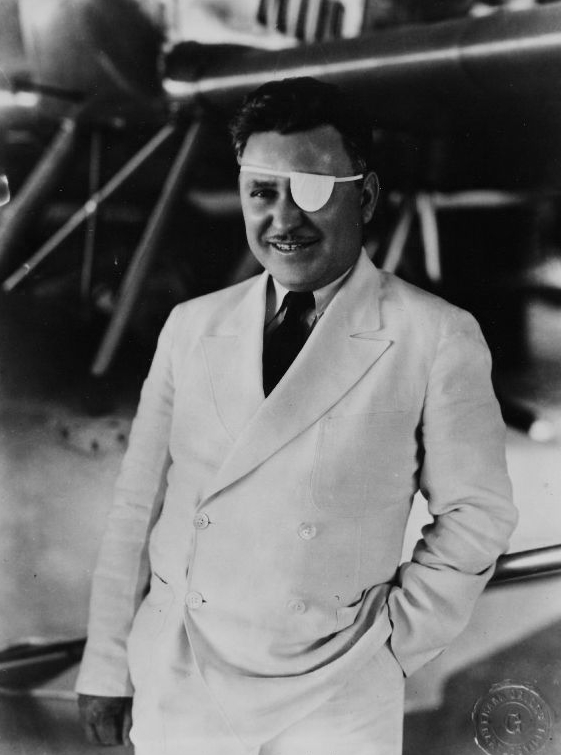
In 1930, Hall acquired a Lockheed Vega high-wing aircraft and named it Winnie Mae, after his daughter. In August of the same year, Wiley Post used the aircraft to win the National Air Race Derby, flying from Los Angeles to Chicago in just 9 hours, 8 minutes and 2 seconds.
On 23rd June 1931, Post and his Australian navigator, Harold Charles Gatty, went for an adventurous round-the-world flight. They completed the journey in 8 days, 15 hours and 51 minutes, covering the distance of 24,903 km (15,474 miles). They not only set the new record time for flying around the world but also made the aviation history by the first successful aerial circumnavigation by a single-engine monoplane. Moreover, the financial means Post obtained through his flights, enabled him to buy the Winnie Mae aircraft from Hall.
In 1933, Wiley Post flew around the world again. This time, however, without a navigator. And, just as before, Post´s flight went down in the aviation history by completing the first successful solo circumnavigation. The flight took him 7 days, 18 hours and 40 minutes, and, on his return to New York City on 22nd July, Post was greeted by around 50,000 spectators.
Next year, Post began studying the characteristics of long-distance flights at high-altitude. As the Winnie Mae was not equipped with a pressurised cockpit, he started creating the first pressure suit. Thanks to financial and development support from B.F. Goodrich Company and Phillips Petroleum Company, Post completed three suits of different design. The third suit was the successful one and was effectively tested during high-altitude flight over Chicago on 5th September 1934.
In 1935, Post made several attempts to complete a transcontinental high-altitude flight from Los Angeles to New York, over the traditional air mail route. Regrettably, none of these attempts were successful. The longest distance Post achieved was 3,275 km (2,035 miles) to Cleveland, on 15th March 1935. Nevertheless, he gained invaluable experience in high-altitude flight, reaching the top altitude of 15,000 metres (50,000 feet) and observing the jet stream. In addition, Post carried the first stratosphere air mail in the form of cachet covers.
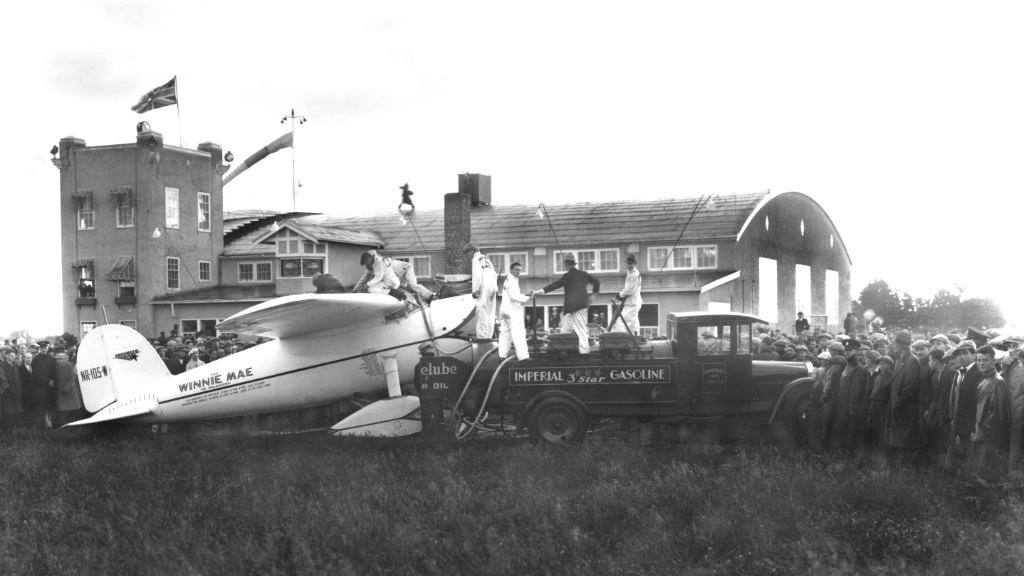
Nevertheless, parallelly with the high-altitude flights, Post embarked on another venture – establishing an air passenger route from the US West Coast to the Soviet Union. For this task, he acquired parts of Lockheed Orion and Lockheed Explorer aircraft to create a hybrid floatplane. However, this combination was deemed dangerous by the Lockheed company which refused to authorise the design.
In July of 1935, Post and his friend Will Rogers, went for a flying trip around Alaska. On 15th September, on the way from Fairbanks to Point Barrow, they encountered severe weather conditions and decided to make a stopover by landing in Walakpa Lagoon, not far from their destination.
However, when they decided to continue the journey, the engine failed shortly after take-off. In consequence, the aeroplane ditched in the lagoon and turned over. Wiley Post and Will Rogers were killed on spot.
Post´s legacy endures to this day. Wiley Post-Will Rogers Memorial Airport in Utqiagvik, Alaska, was named in honour of the two aviators, as well as Will Rogers-Wiley Post Memorial Seaplane Base on Lake Washington and Wiley Post Airport in Oklahoma City.
In 1969, Post was inducted into the National Aviation Hall of Fame in Ohio. Almost three decades later, he was enshrined in the International Air & Space Hall of Fame at the San Diego Air & Space Museum and then, in 2004, in the Oklahoma Hall of Fame.
The Winnie Mae aircraft was acquired by the Smithsonian Institution and is currently on display at the National Air and Space Museum in Washington D.C.
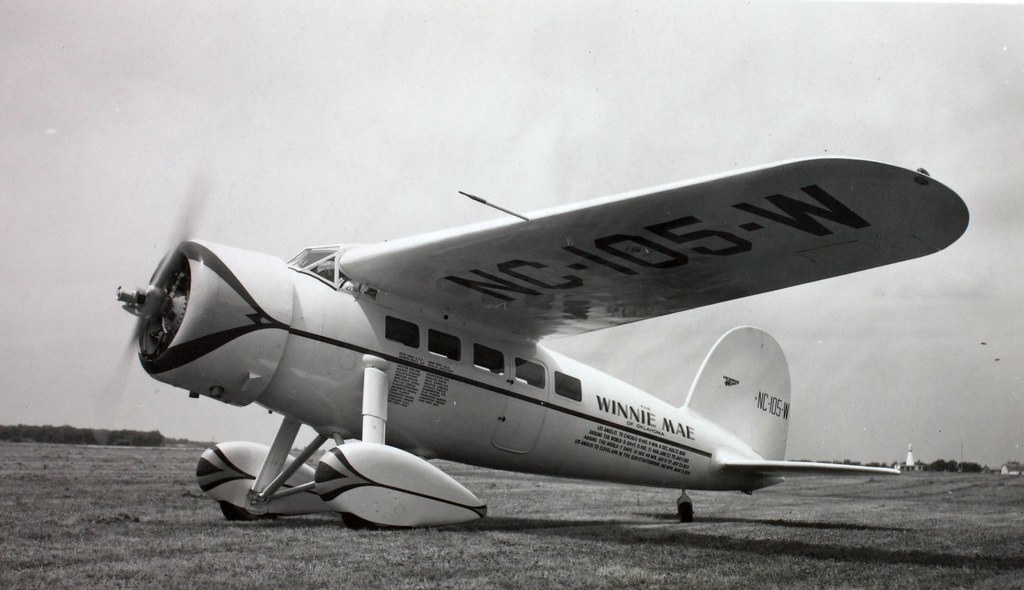
Cover photo: Lockheed Vega “Winnie Mae” (San Diego Air and Space Museum Archive, Blaine_00323, via Flickr Commons)

